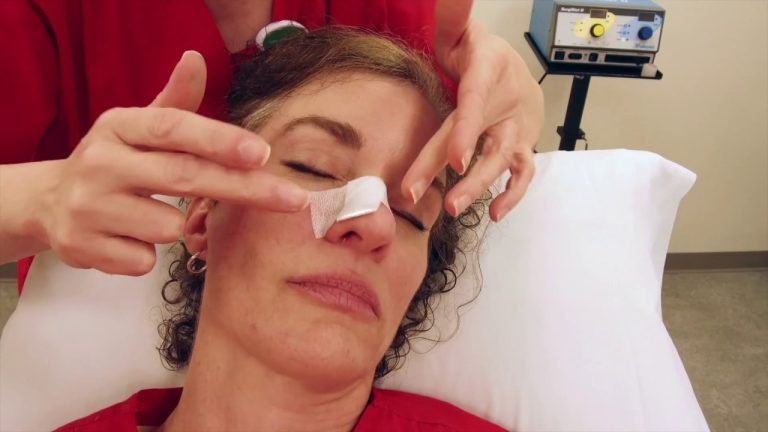Before and After Mohs Surgery on Nose Side: What to Expect

Are you considering Mohs surgery for the removal of skin cancer on the side of your nose? Understanding the process and potential outcomes can help ease any anxiety or concerns you may have. In this article, we'll explore what to expect before and after Mohs surgery, including the recovery process and potential results. Whether you're preparing for the procedure or supporting a loved one through it, this information will provide valuable insight into this common skin cancer treatment.
How will my nose look after Mohs surgery?
If you are concerned about potential disfigurement after Mohs surgery, it's important to discuss your worries with your dermatologist or surgeon. They can provide insight into the likelihood of any visible changes to your nose post-surgery and offer solutions to address any concerns. By being proactive and open about your fears, you can work together with your medical team to ensure the best possible outcome for your appearance and overall well-being.
In some cases, additional procedures such as reconstructive surgery or cosmetic interventions may be recommended to help restore a natural appearance to the nose after Mohs surgery. These options can help address any unevenness or asymmetry that may have developed, providing you with a more balanced and aesthetically pleasing result. By exploring all available options and discussing your preferences with your healthcare provider, you can make informed decisions about the best course of action for your post-surgery appearance.
What is the treatment for basal cell carcinoma on the side of your nose?
If you have basal cell carcinoma on the side of your nose, the most common treatment is surgery to remove the tumor. This involves the removal of the cancerous area, and in some cases, the doctor may also remove some healthy skin around it to prevent regrowth. Another option is Mohs' surgery, a special type of surgery often used for skin cancer, which involves the removal of layers of cancerous skin until only cancer-free tissue remains.
After the surgical removal of basal cell carcinoma on the side of your nose, it's important to follow your doctor's post-operative care instructions. This may include keeping the area clean and protected, and attending follow-up appointments to monitor your healing progress. It's also crucial to protect your skin from sun exposure, as UV radiation can increase the risk of developing skin cancer. With proper treatment and care, the chances of recurrence can be minimized.
Does Mohs surgery leave a hole?
Yes, Mohs surgery will leave a scar, but it is designed to minimize the size and impact of the scar. The procedure aims to remove the cancerous tissue while preserving as much healthy skin as possible, which allows for better options for repairing the surgical defect. This approach helps to minimize the appearance of a hole or significant scarring, resulting in a more cosmetically favorable outcome for the patient.
A Step-by-Step Guide to Mohs Surgery Recovery
Are you considering Mohs surgery for skin cancer treatment? Knowing what to expect during your recovery is crucial for a successful outcome. This step-by-step guide will help you navigate the healing process and ensure a smooth recovery. From caring for your surgical wound to managing any discomfort, we'll walk you through each stage of Mohs surgery recovery, so you can feel confident and informed every step of the way.
Following Mohs surgery, it's important to closely follow your doctor's post-operative care instructions. This may include keeping the surgical site clean and dry, avoiding strenuous activities, and monitoring for signs of infection. By staying informed and proactive, you can help promote optimal healing and minimize the risk of complications. With the right knowledge and support, you can make your Mohs surgery recovery as smooth and comfortable as possible.
The Transformation: Nose Side Before and After Mohs Surgery
After undergoing Mohs surgery, the transformation of the nose side is remarkable. The before and after images display the significant improvement in the appearance and function of the nose. The surgery not only removed the cancerous tissue but also restored the natural contour and structure of the nose, resulting in a more aesthetically pleasing and symmetrical appearance.
In conclusion, before and after Mohs surgery on the side of the nose, it is important to closely follow post-operative care instructions and attend all follow-up appointments to ensure optimal healing and cosmetic results. By understanding the process and being proactive in your recovery, you can feel confident in your decision to undergo Mohs surgery and look forward to a smooth and successful outcome. Remember, patience and diligence are key in achieving the best possible outcome after Mohs surgery.
